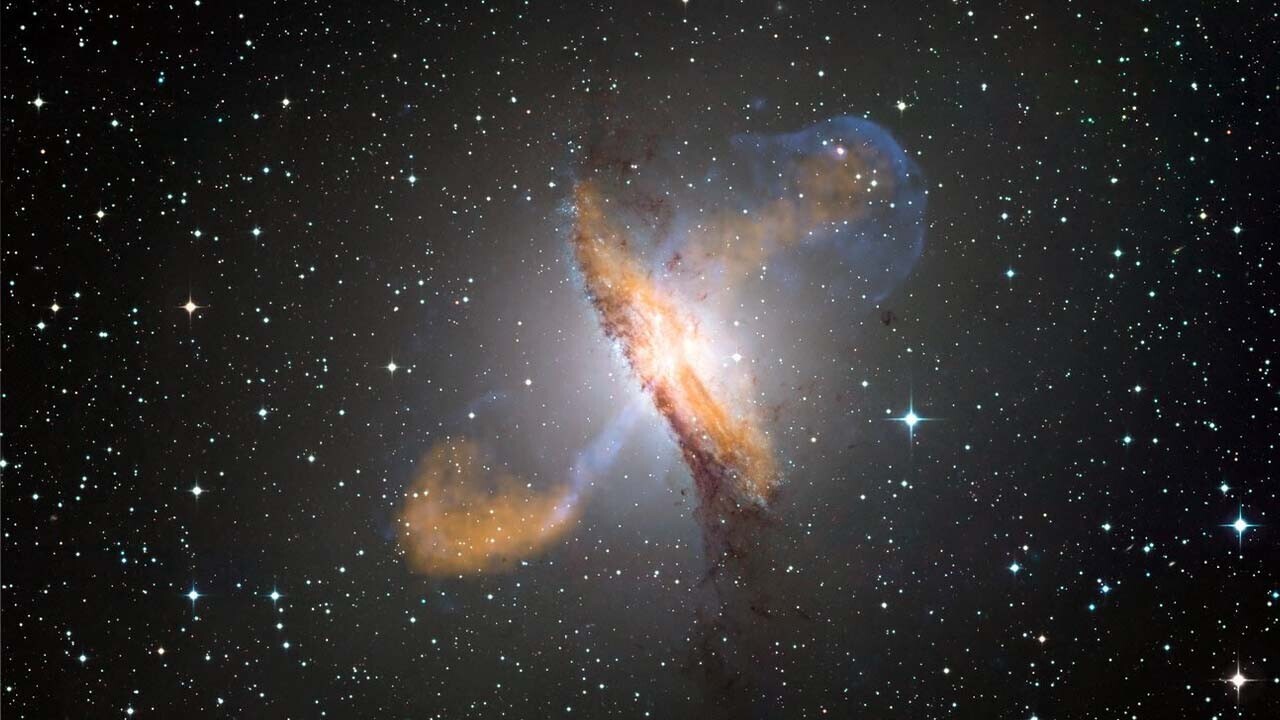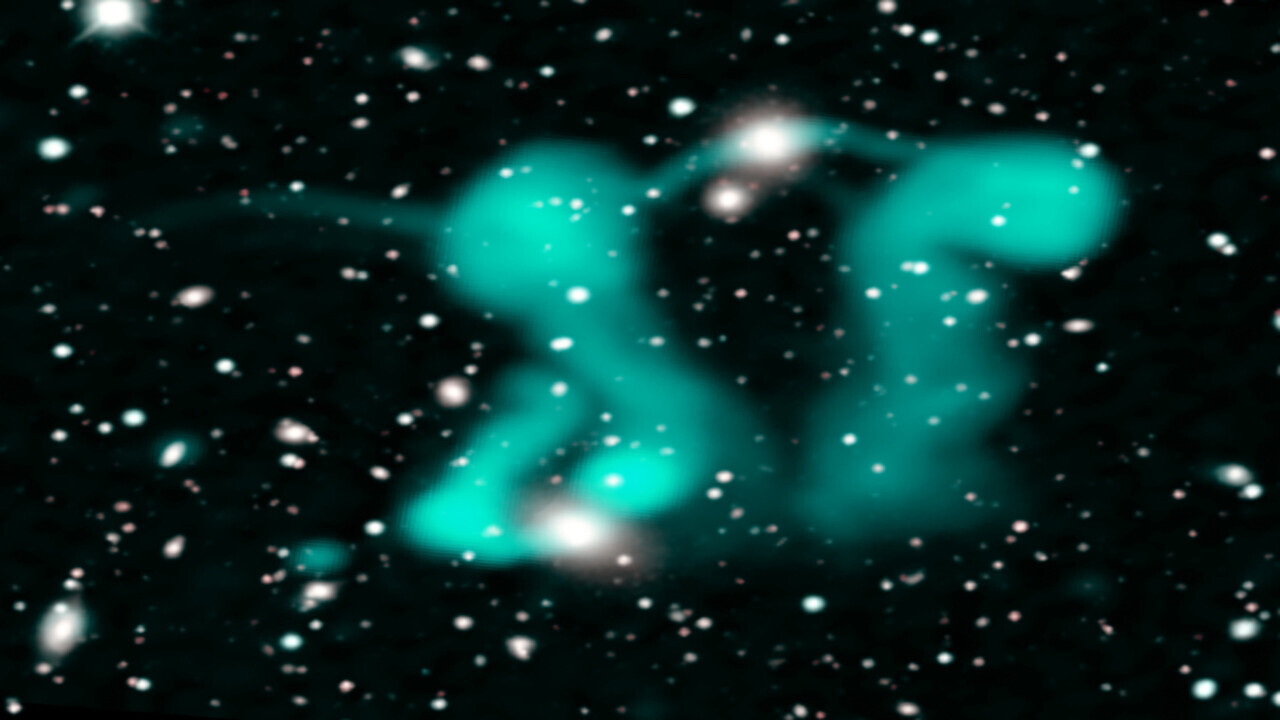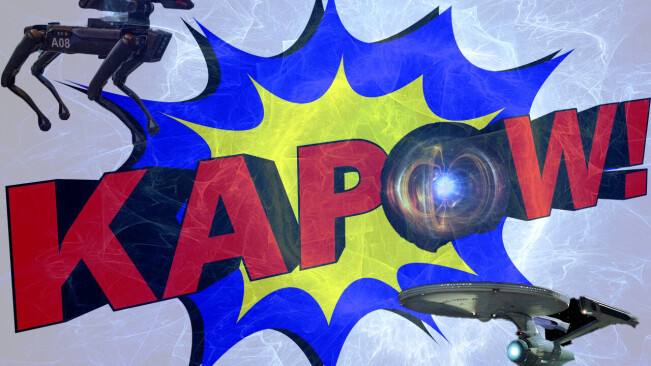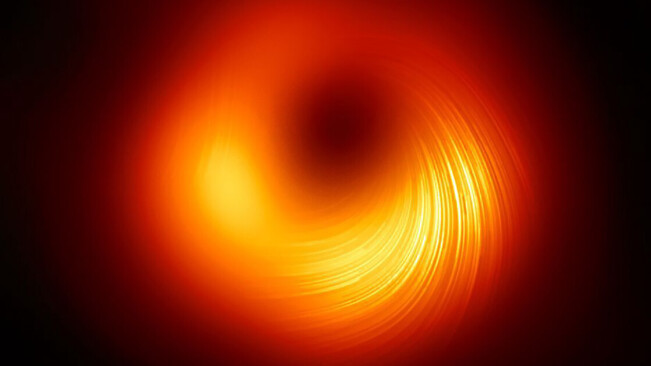All Articles for
Supermassive Black Holes
A supermassive black hole (SMBH) is the largest type of black hole, on the order of hundreds of thousands to billions of solar masses (), and is found in the center of almost all massive galaxies. In the case of the Milky Way, the SMBH is believed to correspond with the location of Sagittarius A*. Supermassive black holes have properties which distinguish them from lower-mass classifications. First, the average density of a supermassive black hole (defined as the mass of the black hole divided by the volume within its Schwarzschild radius) can be less than the density of water in the case of some supermassive black holes. This is because the Schwarzschild radius is directly proportional to mass, while density is inversely proportional to the volume. Since the volume of a spherical object (such as the event horizon of a non-rotating black hole) is directly proportional to the cube of the radius, the density of a black hole is inversely proportional to the square of the mass, and thus higher mass black holes have lower average density. In addition, the tidal forces in the vicinity of the event horizon are significantly weaker for massive black holes. As with density, the tidal force on a body at the event horizon is inversely proportional to the square of the mass: a person on the surface of the Earth and one at the event horizon of a 10 million black hole experience about the same tidal force between their head and feet. Unlike with stellar mass black holes, one would not experience significant tidal force until very deep into the black hole.





